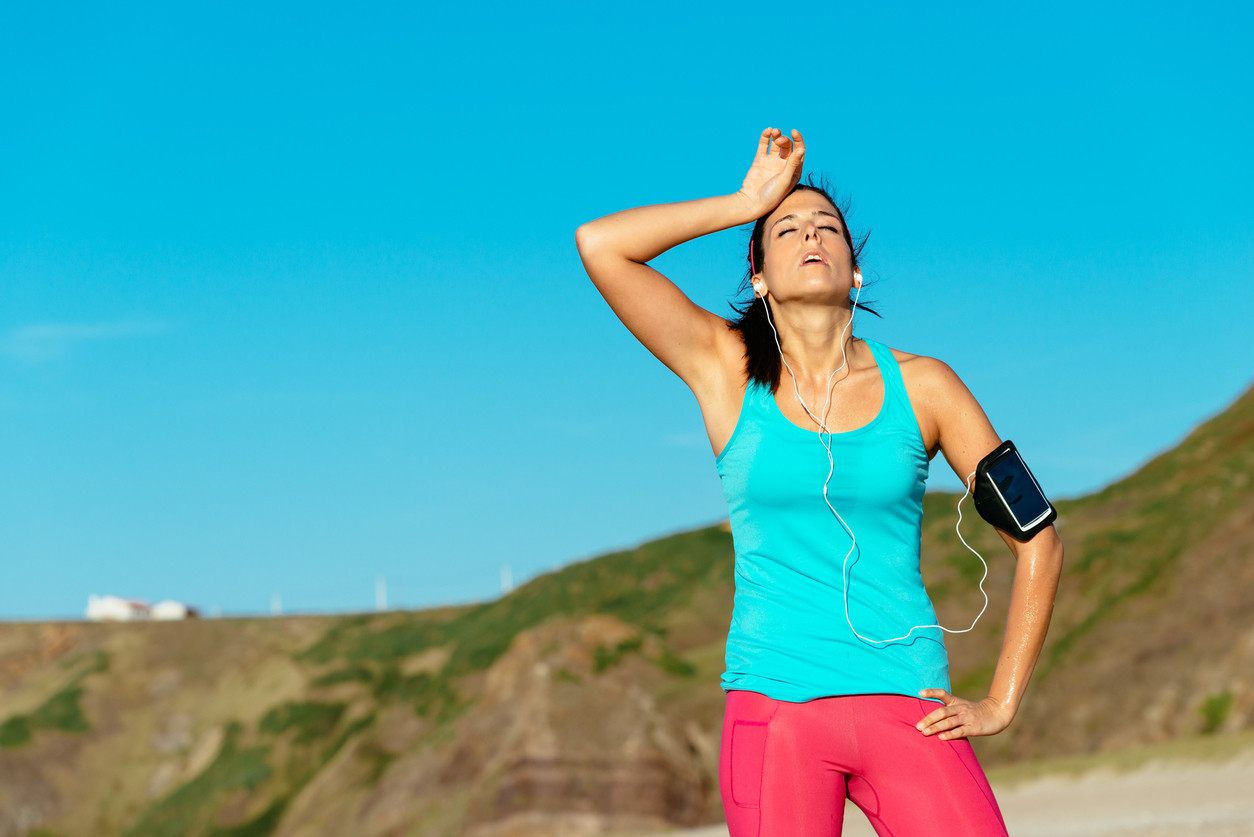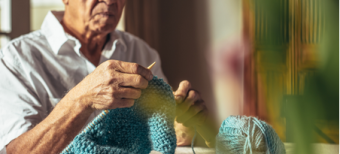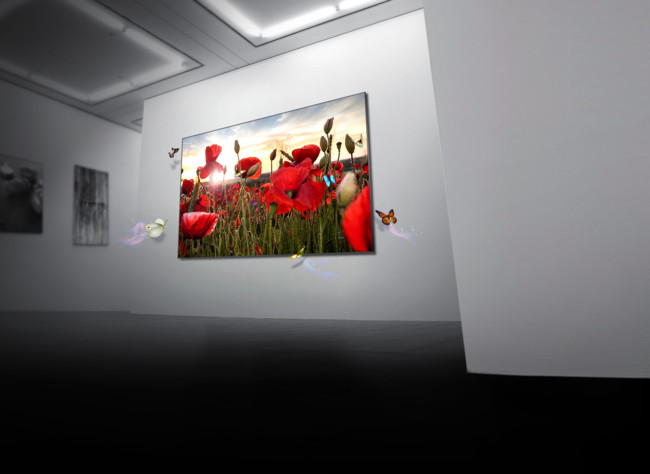Exercising in heat induces adjustments in thermoregulation and other physiological stresses that can lead to impairments in our ability to exercise resistance.
Therefore, it is necessary to provide up-to- date recommendations to optimize performance during sports activities carried out in hot environmental conditions, especially long-term sports activities (long races, cycling stages , tennis matches and tournaments, football, etc.).
 When we exercise with heat, the blood flow of the skin and the rate of sweating increase to allow the dissipation of heat to the surrounding environment. However, these thermoregulatory adjustments increase our physiological tension and can lead to dehydration during prolonged exercise.
When we exercise with heat, the blood flow of the skin and the rate of sweating increase to allow the dissipation of heat to the surrounding environment. However, these thermoregulatory adjustments increase our physiological tension and can lead to dehydration during prolonged exercise.
The thermal stress impair aerobic performance occurs when hyperthermia, ie, when a disorder regulating body temperature occurs characterized by elevated central temperature (have a core temperature above normal).
Consequently, when we perform resistance exercise, racket or team sports in hot conditions our work capacity will be lower than in temperate environments. In addition, dehydration during exercise in the heat increases the thermal and cardiovascular stress and further affects the resistance performance.
All this has led some of the best researchers in the world to make a consensus statement with the aim of providing updated recommendations to optimize performance during sports activities carried out in hot environmental conditions, recommendations that come great to know for when we make physical activity (especially prolonged) during this summer.
Heat acclimatization
- It is the most important intervention. If our intention is to compete in hot environmental conditions we must acclimate to the heat (that is to say, to carry out repeated trainings in the heat) to obtain biological adaptations reducing the physiological tension and improving the capacity of exercise in hot conditions.
- Our heat acclimation sessions should last at least 60 min / day and induce an increase in our body and skin temperature, as well as stimulate sweating.
- We must train in the same environment as the place of the competition or, if it is not possible, train inside a warm room.
- Early adaptations are obtained in the first days, but the main physiological adaptations are not completed until at least a week . Therefore, ideally, the period of heat acclimation should last two weeks in order to maximize all benefits.
Ricardo Mora, Professor of Physical Education and Sports at the University of Castilla-La Mancha, explains very well in this video how heat influences athletic performance and why it is important to plan a period of acclimatization to compete in hot environments.
So you have to take care of your hydration
- Before training and heat competition, we should drink 6 ml of fluid per kg of body mass every 2-3 hours to start euhydrated exercise (euhydration = body water content and normal plasma electrolyte levels).
- During intense prolonged exercise in the heat, we must minimize losses of water body mass (without increasing body weight) to reduce physiological stress and help preserve optimal performance.
- Subjects who train in heat have higher daily sodium requirements than the general population, so sodium supplementation may also be necessary during exercise (we speak of prolonged exercise on a regular basis).
- For competitions that last several days (for example, cycling races, tennis tournaments, team sports tournaments), simple monitoring techniques such as daily measuring our body mass and our urine color (the clearer you are the better) our hydration status) can provide useful information about our hydration status.
- Rehydrate properly after heat stress by providing enough liquid in meals is essential. If aggressive and rapid replacement is needed, then consuming liquids and electrolytes to compensate for 100-150% of body mass losses will allow adequate rehydration.
- Our recovery hydration regimens should include sodium , carbohydrates and proteins.
Cooling strategies
- Cooling methods include external procedures (for example: application of frozen garments, towels, immersion in water or ventilation) and internal methods (for example: ingestion of cold liquids).
- The pre-cooling can benefit sporting activities involving sustained exercise (eg running medium and long run, cycling, tennis and team sports, etc.) in hot environments. The internal methods (cold liquids, water ice) can be used during exercise, while if we are training, competing or playing tennis and team sports we can also implement mixed cooling methods during breaks.
- This practice may not be feasible for exercises of explosive or shorter duration (for example, running, jumping, throwing ) conducted under similar conditions.
- A practical approach in hot and humid environments could be the use of commercially available ice cooling fans and vests, which can provide effective cooling without affecting muscle temperature. In any case, cooling methods must be tested and individualized during training.
Recommendations for event organizers
- Measures should include programming the start time of events based on weather patterns, adapting rules and arbitration to allow for additional breaks or longer recovery periods , and the development of a medical response protocol and facilities Cooling.
- Event organizers should pay special attention to all at-risk populations . Given that non-acclimatized participants (mainly in mass participation events) are at higher risk of heat illness, organizers should adequately advise participants about the risk associated with participation , or consider canceling an event in case of an unexpected climate or too hot.
Summing up, based on the scientific literature, if we are going to compete in heat we must train at least a week and ideally two weeks to acclimate, using a comparable degree of heat stress to that of the competition.
We must also be cautious to perform the exercise in a euhydrated state and minimize body water deficits through proper rehydration during exercise.
We can also implement specific countermeasures, such as different cooling methods , to reduce heat storage and physiological stress during training and competition, especially when environmental conditions are not compensable.
In turn, event organizers and government sports bodies should support athletes by allowing additional (or longer) recovery periods to improve hydration and cooling opportunities during competitions held in hot conditions.









